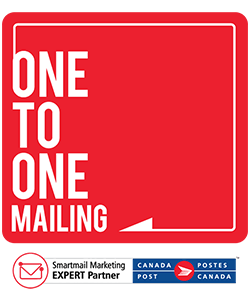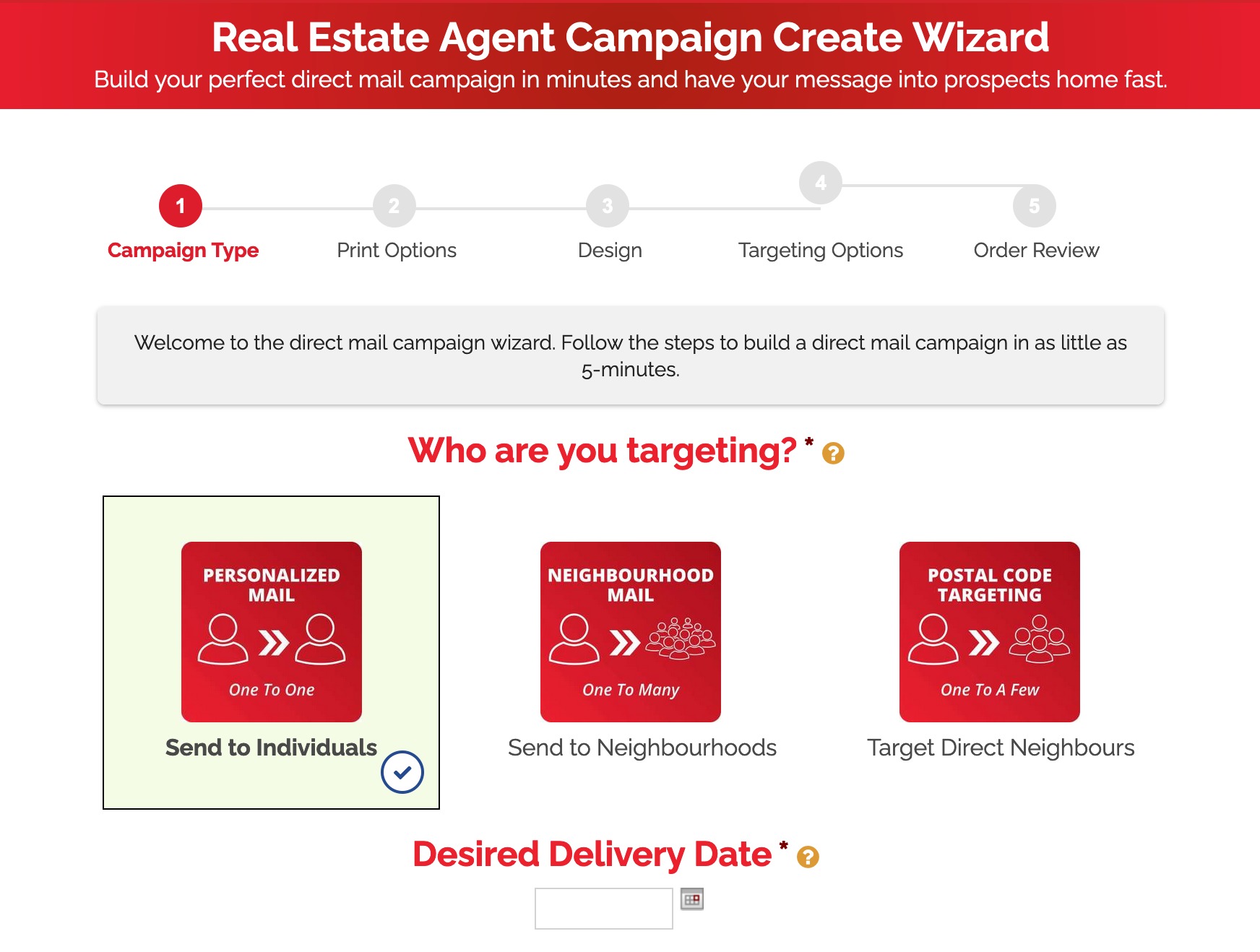Ask anyone in retail: transitioning a physical retail location online is an attractive proposition. With the world as your customer, there’s a real opportunity for significant growth.
But while it may seem like an overwhelming task to establish your online presence, in reality, the hard work is manageable when you approach the decision with eyes wide open.
Ask yourself some key questions
How much will this cost? What technology is available and which is right for you? And how do you juggle the requirements of your physical and online stores once everything is up and running?
Kelly Jewison knows the answers. As manager of strategic partnerships at Vend, a cloud-based point of sale and retail management platform, Jewison works closely with brick-and-mortar retailers who are making the transition to online.
Avoid this BIG mistake
Too often when retailers decide to create an online store, they think of it as being a separate entity to their brick-and-mortar facility, says Jewison.
This means they often end up providing an inconsistent customer experience, where the two stores look and feel different, and don’t offer shoppers the same products. This doesn’t cut it for modern consumers who are expecting a seamless shopping experience. Plus, it forces retailers to constantly reconcile data from two different sources.
But a daunting array of platforms are available, from basic plug-and-play systems under $100 to custom solutions costing hundreds of thousands of dollars and requiring staff to manage.
How to choose the right e-commerce platform
Jewison suggests following these simple steps:
- Determine the goals of your online store – think sales volume, product range, etc.
- Consider how you can better connect the experience of your online store to that of your brick-and-mortar location. That could be through branding, colour scheme, messaging, or offering services such as buy online and pick up in-store.
- Decide what information needs to be shared between the two entities, such as inventory, and whether you’d also like to feed your online store into other business tools, such as your accounting platform.
“When you figure out these elements, you’ll be that much closer to determining what type of platform suits you best,” Jewison says.
Joining the movement
With Canadian online sales projected to reach nearly $55.78 billion by 2020 according to eMarketer, the push to set up an online store is more intense than ever.
But don’t rush the process. Jewison believes the best thing a retailer can do is “take everything one step at a time. Consider your needs and those of your customers first, and remember that communication between your existing store and your new online store is key.”





